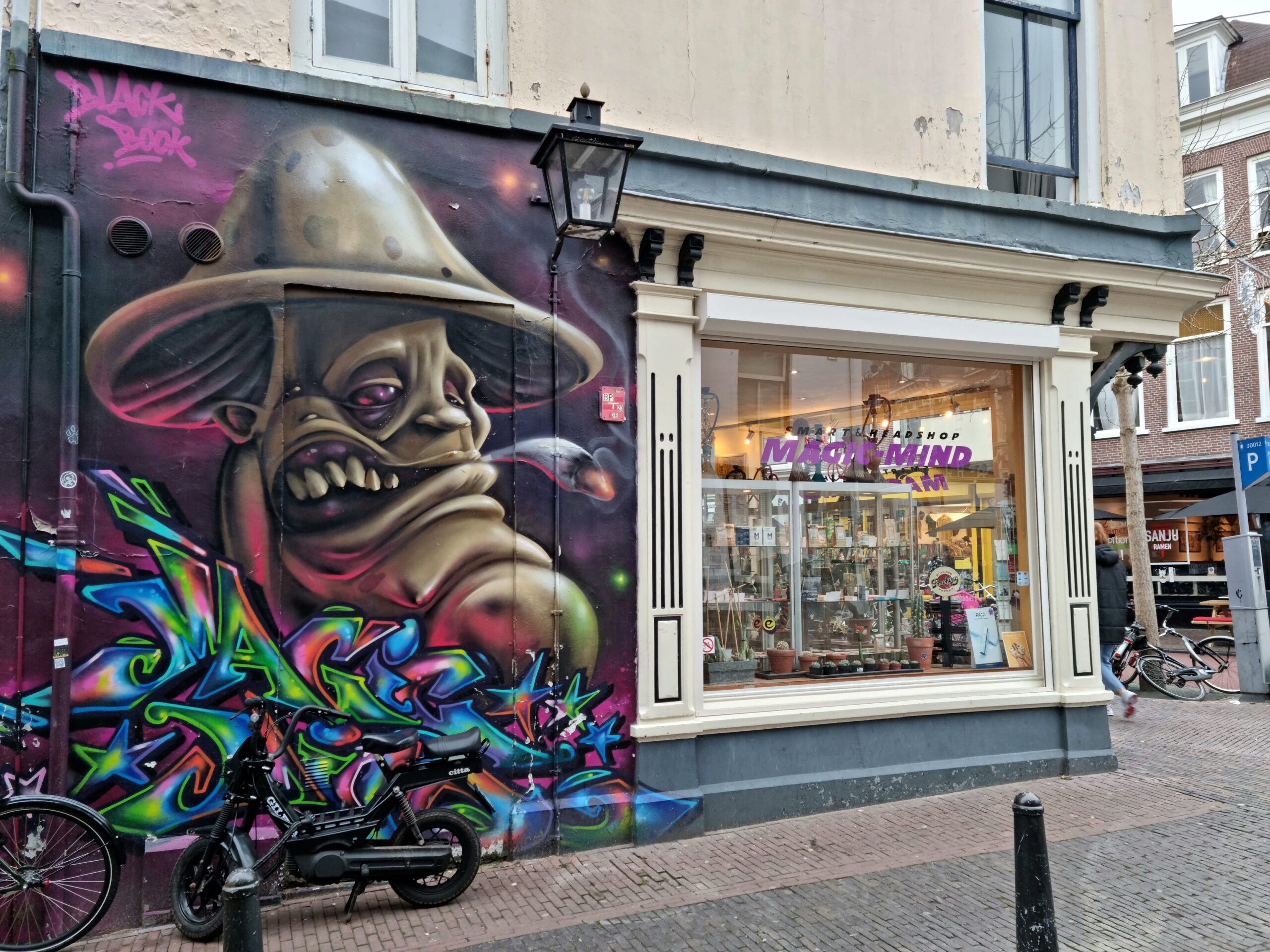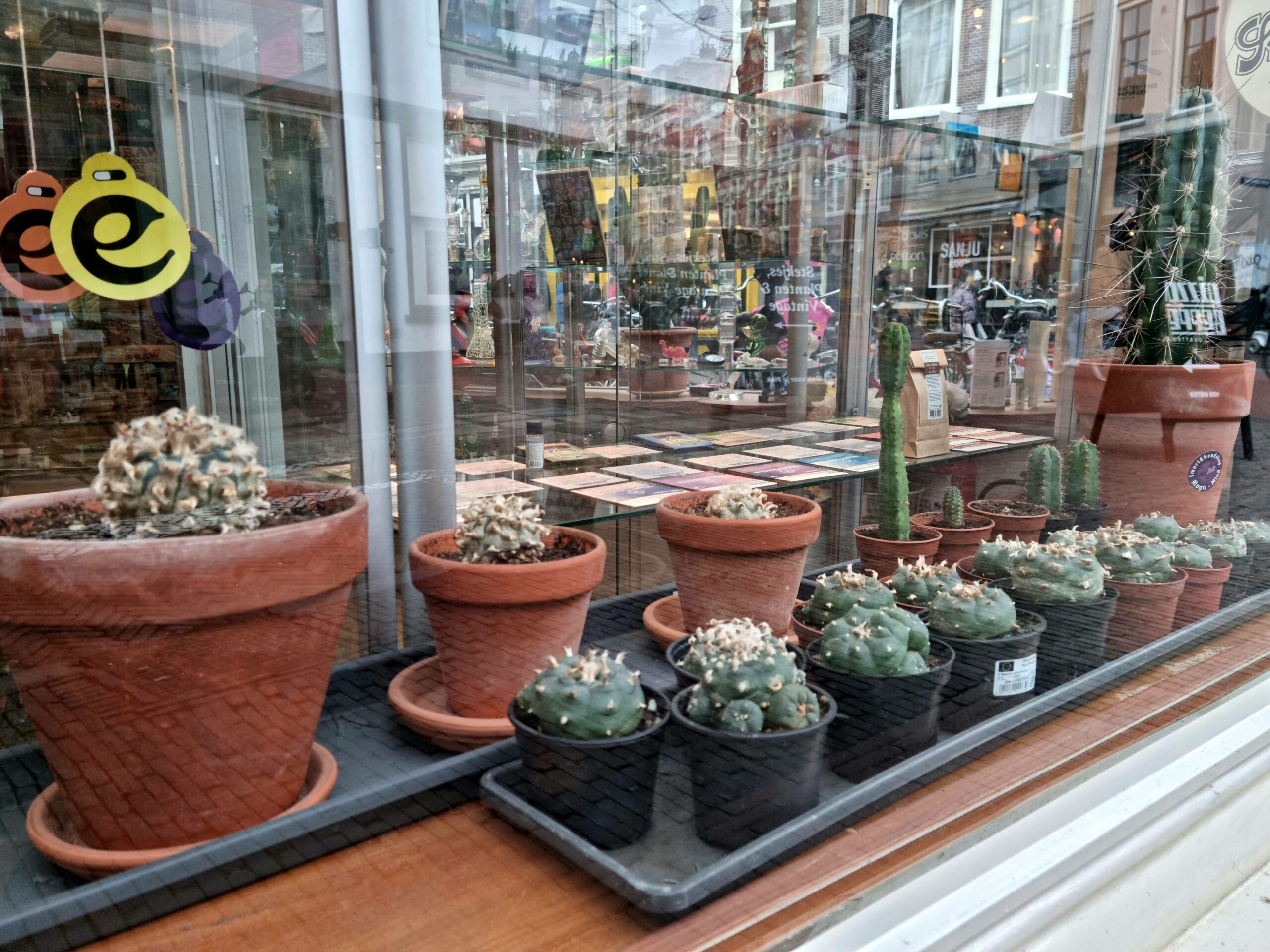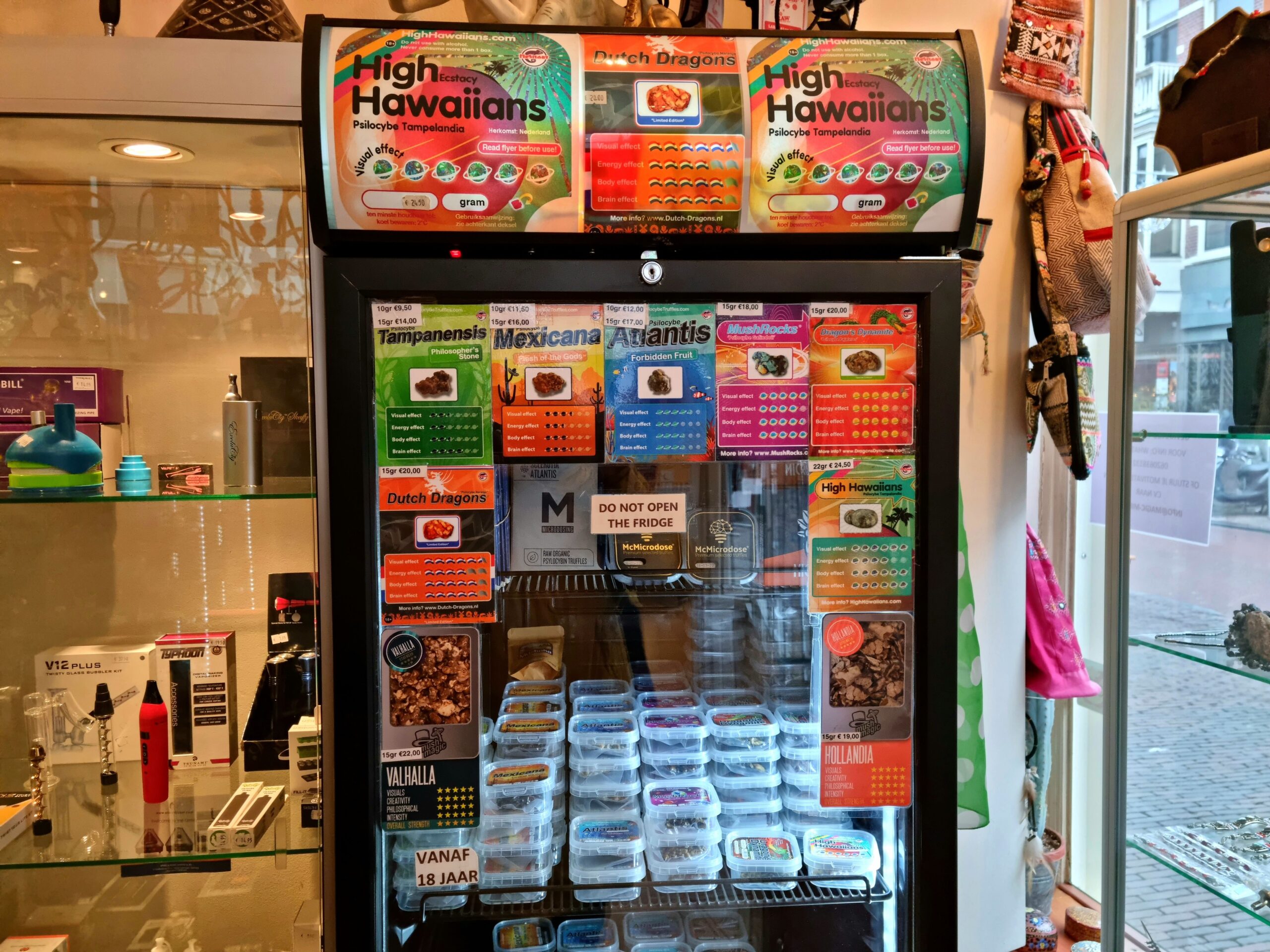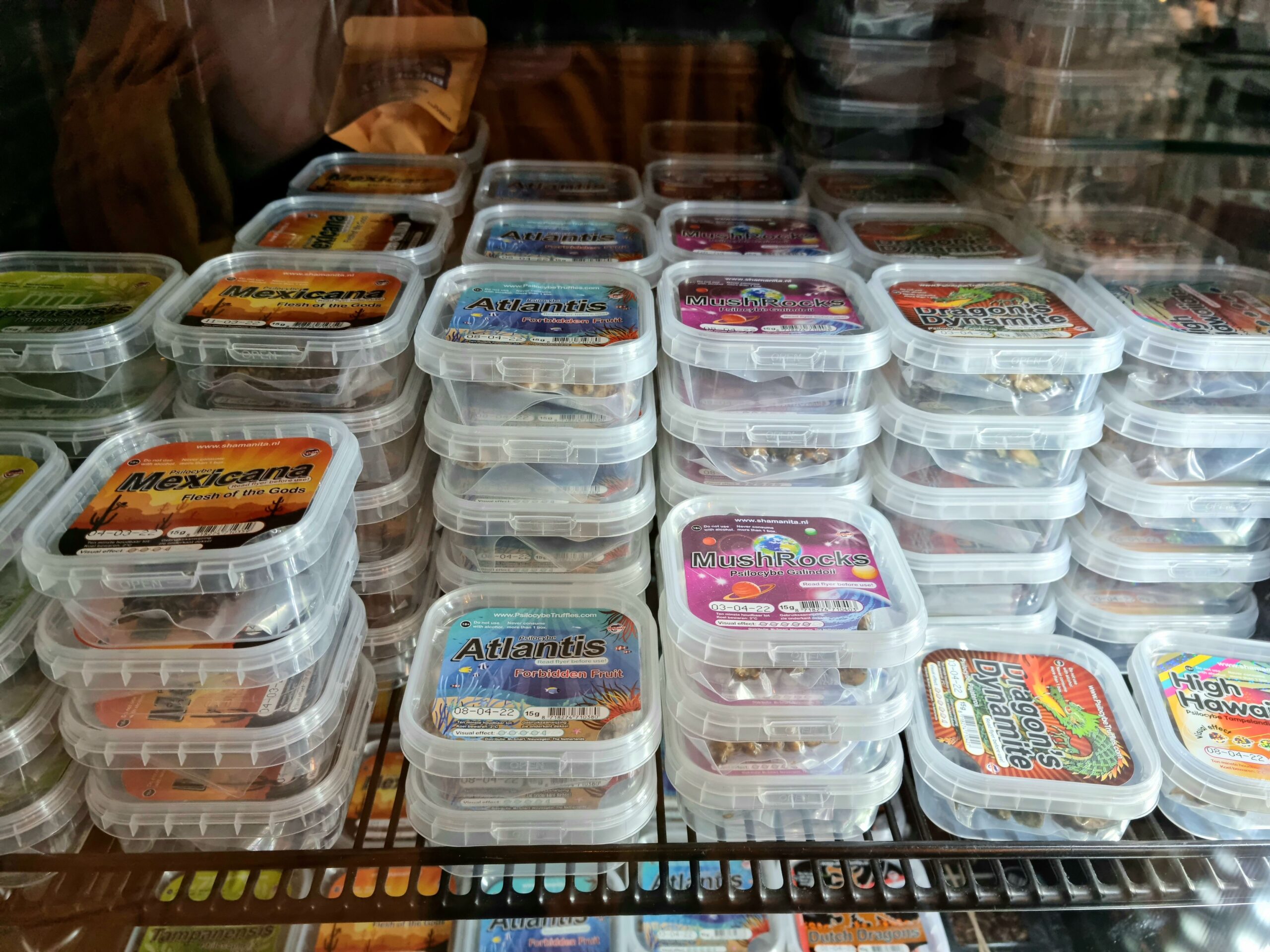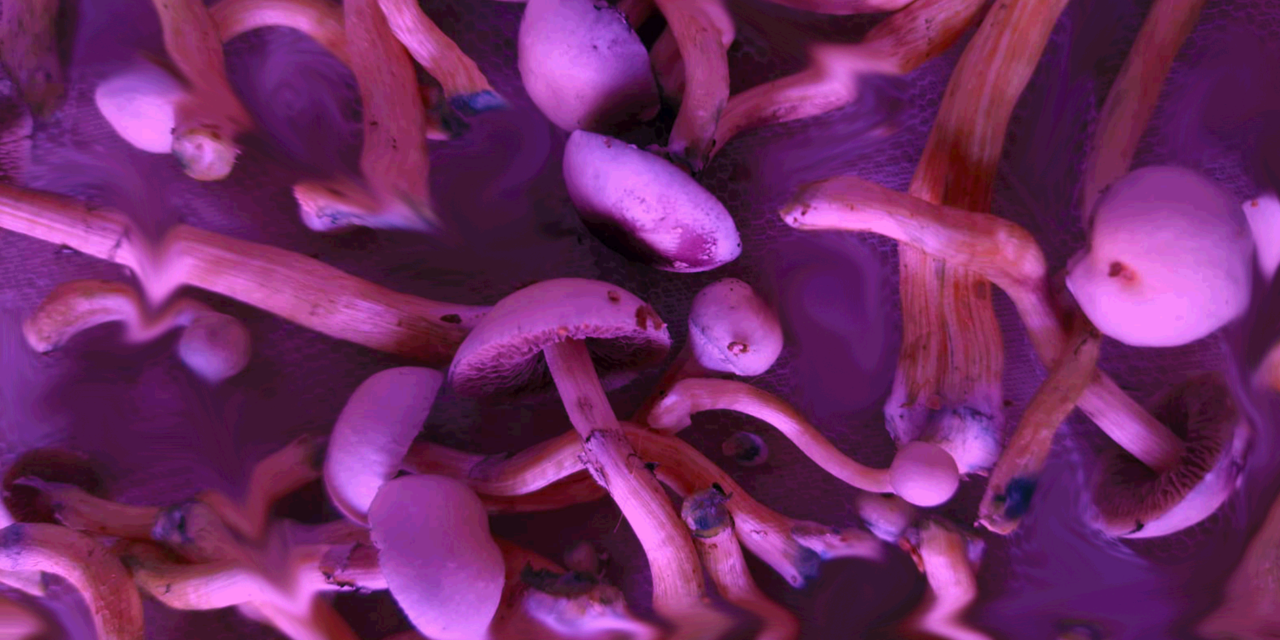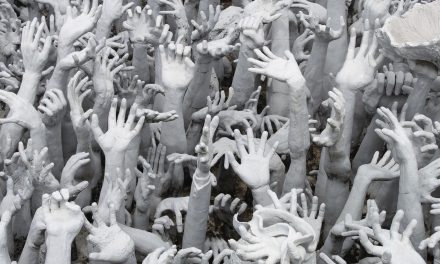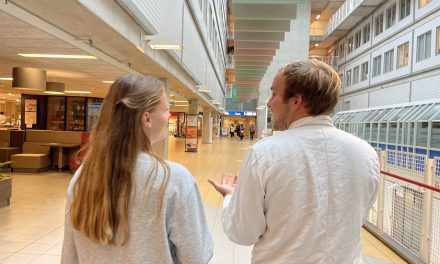Since their prohibition in the 1960s, psychedelic drugs, such as ‘magic mushrooms’, MDMA and LSD, have been strayed far from the research labs. But this is changing. The so-called Psychedelic Renaissance is amongst us, and the long-neglected benefits of those substances are now being (re)discovered by scientists from all the corners of Earth.
This new wave of research that’s been happening throughout the last decade has revealed the hidden therapeutical potential some of these psychedelic substances have. Experiments with psilocybin, the active compound of magic mushrooms, have shown it could be an alternative for treatment-resistant depression patients, and MDMA could help people suffering from post-traumatic stress disorder, and so on.
However, this ‘renaissance’ process isn’t a bed of roses. There are many ‘thorns’ to be overcome before these substances can be widely approved as formal medical alternatives. Public acceptance, reductionism, the risks the popularisation of certain psychedelics can bring to vulnerable traditional communities, and biopiracy are among these obstacles. And as complex as these issues might be, a reflection on them is indispensable to understand the future of psychedelic research.
Acceptance and stigma
The results the latest clinical trials with psychedelics have presented are very positive. As matter of example, in this study made by COMPASS Pathways, a pharmaceutical company, in collaboration with many universities in North America and Europe, treatment-resistant depression patients treated with psilocybin have shown “significant and clinically relevant reduction in depressive symptom severity after three weeks, with a rapid and durable treatment response”.
But how safe are these substances? Are there any risks psychedelic treatment can bring?
According to Dr Brian Pilecki, PhD in Clinical Psychology at Fordham University, “there doesn’t seem to be a high degree of medical risk, the main psychedelics that have been used, psilocybin, LSD, MDMA, seem to be physically safe, but it’s more a psychological risk”.
Dr Pilecki says these psychological risks show the importance of having the right guidance during psychedelic treatment: “You are opening people up to these very profound experiences that can really stir things up for them, that’s helpful at times if it’s done in the right container, but some people have very intense experiences on psychedelics, that are difficult to integrate into their daily life afterwards.”
Even with such high standards of medical safety, people tend to have a kind of prejudice and uncertainty towards psychedelics, which, as Dr Pilecki explains, can be understood, due to the stigma these substances carry after decades of ‘propaganda’ and the ‘Drug War’, that “is really more rooted in racism and politics more than anything else, drug policy is not based in science”.
However, the past years have seen another drug’s health benefits getting popularised, which lead to the normalisation of the drug itself, sparking the debate about its decriminalisation all over the Western world. This drug? Cannabis.
Legal in many places such as Uruguay, the Netherlands, some states in the US, etc, Cannabis isn’t a taboo anymore in several countries. But could psychedelics follow the same tendence?
“It definitely seems to be following a similar path.”
“Public attitude about drugs in general has become increasingly liberal in a relatively short amount of time” says Dr Pilecki, but the fact that “they’re just so different, they’re such a unique class of their own that we don’t really have anything in popular culture that is like them, and we don’t have anything in health care that’s similar to psychedelic assisted therapy” can make the acceptance process of psychedelics rather unpredictable.
Another barrier psychedelics will have to overcome is their acceptance among psychologists. A survey among 366 clinical psychologists in the US revealed the opinion these professionals had on psychedelics to be “mixed”, with “some evidence psychologists were open and favourable of getting to know more about it (psychedelic treatment)”, but also evidence of “bias” was found. “Some responses led us to conclude there’s still some work to be done in overcoming stigma”, explains Dr Pilecki, one of the responsible for the study.
Nevertheless, as Dr Pilecki says, the results the studies with psychedelics have presented are hard to ignore, even for conservative psychologists:
“What helped the so-called Psychedelic Renaissance is the data, the data from recent clinical trials that have been conducted over the last decade have been really strong, it’s well-done research and the outcomes are favourable. Even in a more traditional, conservative, medical context, you’re data driven, so it’s hard to argue with the data showing this an area worth of being explored.”
Reductionism
Medical reductionism regarding psychedelics consists of simplifying something as deep as a mind-altering psychedelic experience to merely a neurochemical reaction in the brain, or “reducing” classic psychedelics, such as ‘magic mushrooms’, to their dominant active compound, psilocybin in this case.
“As psychedelics become understood through the medical model, it is likely that these compounds and their therapeutic effects will become understood predominately at the level of biology (e.g. neurochemical pathways). I am concerned that this shift in understanding risks radically changes how psychedelics become used for therapeutic purposes” says Dr Riccardo Miceli McMillan, medical doctor and bioethicist.
According to Dr Miceli McMillan, “understanding psychedelics predominately in terms of neurochemical pathways risks devaluing two core features of psychedelic-assisted therapy”, subjective experiences and rituals of care.
He explains that the devaluation of subjective experiences comes when there’s the attempt to ‘recreate’ the substance present in classic psychedelics in a lab. This gives birth to what Dr Miceli McMillan calls “second-generation” psychedelics, which are “a potentially promising advancement in psychopharmacology”, but neglect the “package” that comes with classic psychedelics.
“A package that promises an integrated, non-reductionist approach to treating mental illness. A package that promises an integration of biological, psychological, and social dimensions of illness all in one treatment modality.”
Rituals of care are all the rest involving taking psychedelics, such as music selection, physical setting, special diets, plant medicine preparation, etc.
Dr Miceli McMillan says “there are concerns that when classic psychedelics become introduced into ‘mainstream’ clinics, the ritualistic elements of the therapy will be ignored by many health practitioners”, and taking into account how intense a psychedelic experience can be, “without a supportive structure of people and behaviours that can help patients make sense of these changes”, “psychedelic experiences could result in great harm”.
Risks to traditional users and biopiracy
The human relationship with psychedelics isn’t something new. Many indigenous cultures around the globe have been using mind-altering substances for thousands of years. For medical, religious and ceremonial purposes, from people in the Amazon basin using ayahuasca, a psychoactive extracted from a vine, to native North-Americans using peyote, a cactus, humans have been involved with psychedelics since the Stone Age.
This indigenous knowledge, in a scenario where psychedelics are getting popularised, is vulnerable to biopiracy. As Dr McMillan explains, “biopiracy refers to practices whereby indigenous knowledge of nature is used without compensation by commercial entities”, with poorer countries being especially at risk.
In Dr Pilecki’s words, “there’s a way which we can look towards traditional cultures that’s exploitative, colonialistic, and oppressive, sort of mining them for their information and traditions”.
It’s a consensus between the two experts that there must be some sort of ‘fair-exchange’, in which those traditional communities would get something back from offering their knowledge. Traditional psychedelic-using communities must be included in the Renaissance, because, as Dr McMillan says:
“It is undeniable that the Psychedelic Renaissance stands on the shoulders of indigenous knowledge.”
Some programs to include these communities into psychedelic research already exist, such as the Chacruna Institute of Psychedelic Plant Medicine’s “Indigenous Reciprocity Initiative of the Americas”, but in a future where psychedelic therapies are broadly accepted and approved, initiatives like this have to be more common.
A glimpse into the future
As the number of trials and amount of research involving psychedelics grow every year, it’s safe to assume that, despite the issues, the taboos, and the stigma surrounding these substances, psychedelics will become a medical alternative for psychological treatment in the coming years.
Dr Pilecki says it’s almost a reality in some places:
“We expect that by 2023 psilocybin treatment will be available in Oregon (where I live), and in the end of 2023, MDMA therapy will be federally legalised for PTSD in the US.”
“What you’ll start to see, is available psychedelic treatments being popularised. I’d venture to say that in 5 or 10 years this will be an available treatment everywhere.”
And what comes with acceptance for medical use? Decriminalisation.
“I think the two things go hand-in-hand”, says Dr Pilecki, “it feels like it’s similar to Cannabis, after the floodgates are open, you cannot stop it.”
